Parrots are well-known for their amazing communication skills in which they can mimic human speech and amuse us. But since long time researchers had been thinking – ‘why would parrots try to mimic us?’ And seems like researchers have found their desired answer. According to researchers, parrots try to mimic human speech so that they could learn uttering words properly and later, they could give a name to their chicks and call them by that name.
To us, the chirping of birds is just a sound, but the very real thing is that chirping is their very communicative language among themselves. This communication skills is quiet impressive. Previous research had shown that all wild parrots use unique “contact calls” that not only distinguish each bird individually, but also communicate their gender, and the mate and larger group they belong to.
And based on this knowledge, Karl Berg, a doctoral student in the graduate field of Neurobiology and Behavior at Cornell University in Ithaca, NY, along with his team set out to discover whether the contact calls of wild parrots are something they learn from their parents in their early formative weeks or whether they are genetically determined in each nestling and then taught to their parrot family and community.
The team set up inconspicuous video cameras and audio recorders inside and outside 17 nests of newly hatched green-rumped parrots (Forpus passerinus) at a wild parrot research center in Venezuela created by Tomas Blohm ’51 for several months in 2007-08.
To determine whether the individual contact calls were innate or socially acquired, the researchers “cross-fostered” nine of the nests, switching eggs between them so that “foster parents” would raise hatchlings genetically unrelated to them.
Once they had analyzed the similarities and differences in the digital recordings of just under 5,000 individual parrot calls, the results indicated that the signature calls were socially acquired — the parents gave the chicks their own call, which the chicks chirped back at the parents and would continue to use though with some tweaking.
Berg said, “Parrots can have extremely long periods [leading up] to independence, and this is thought to be related to their large brains.” He further stated that parrots have two noteworthy characteristics: a large brain relative to their body mass, and a lengthy nesting time during which nestlings are dependent on their parents.
It is to be noted here that parrots are not the only animals known to have names. In addition to humans, dolphins also use specific names for each individual. Researchers believe that the sophisticated social lives of these animals may be what drives the need to have names. For parrots, having a name is a valuable tool for knowing who is who when flocks change or shift members.
However, the study was published in Proceedings of the Royal Society B. But, to better understand the evolution of and interaction between these physical and behavioral traits, more research is required.
On the other side, this discovery shows interesting corollaries between human communication and parrot communication that may be useful for subsequent studies of speech development.
Here’s a video for you showing how a parrot learns its name in the wild.
Source: Proceedings of the Royal Society B
Thanks To: 10000 Birds
[ttjad keyword=”desktop-computer”]

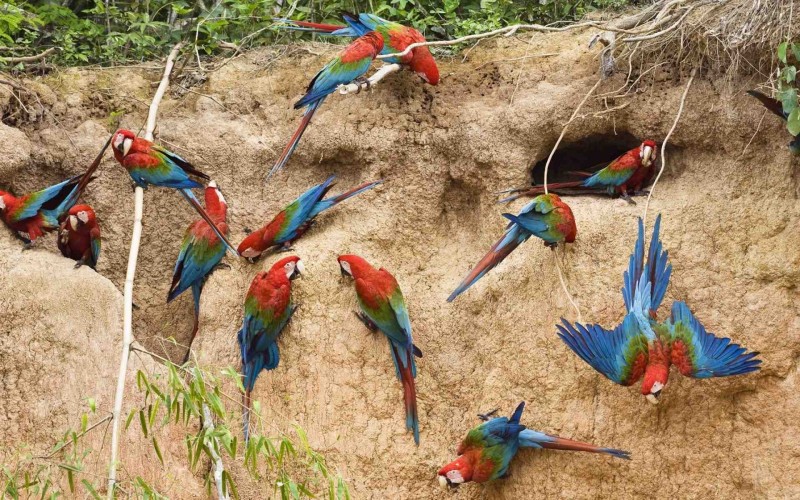
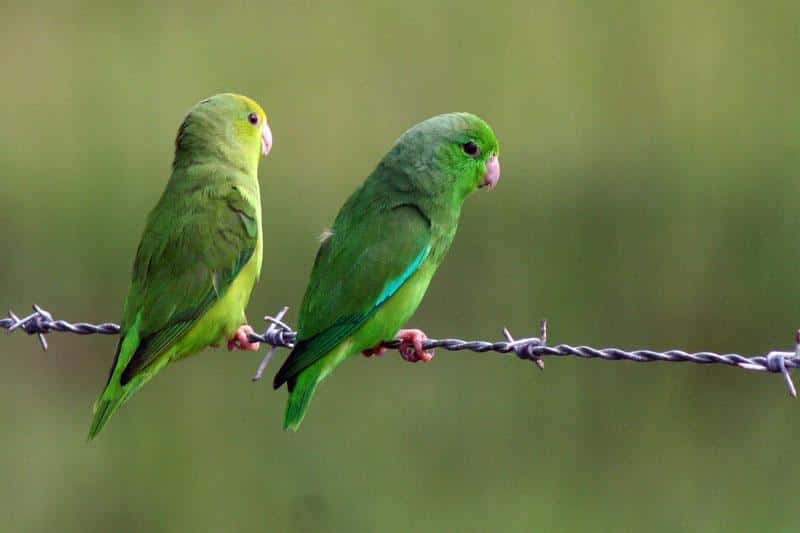
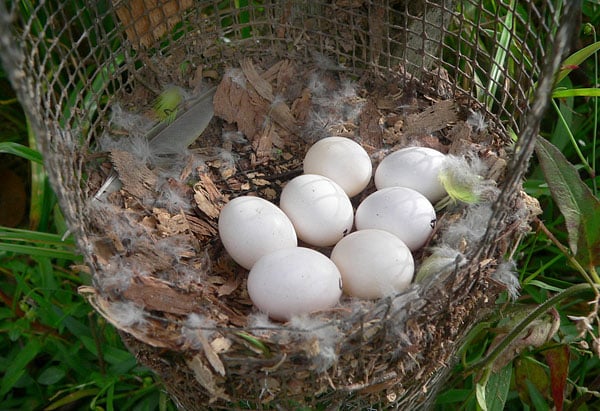
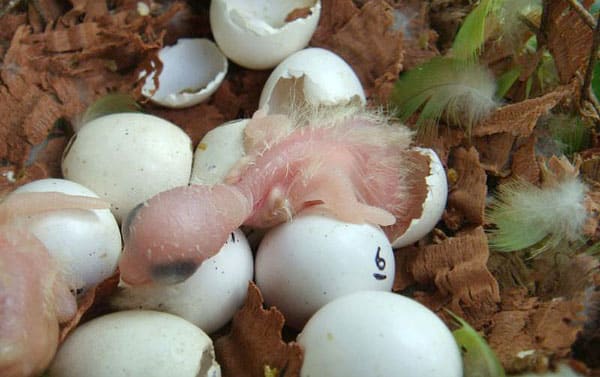
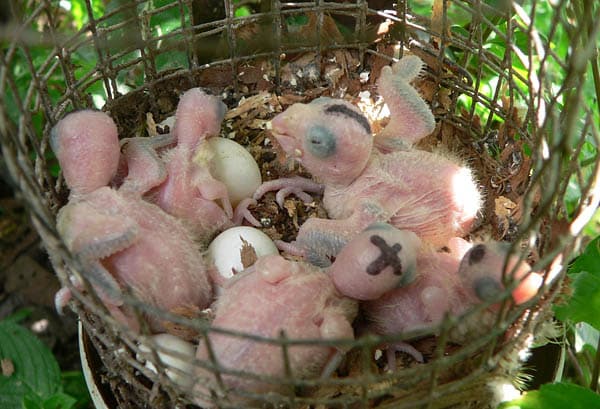
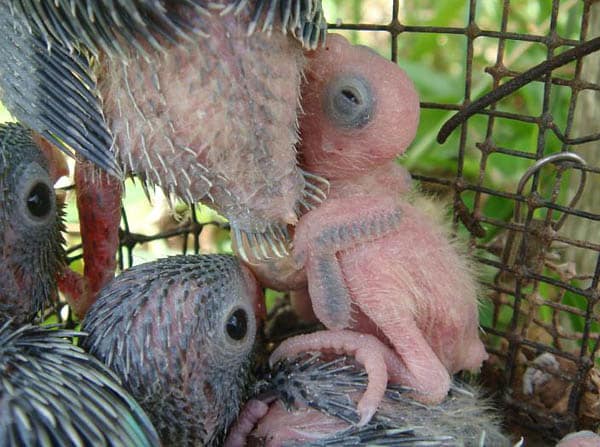

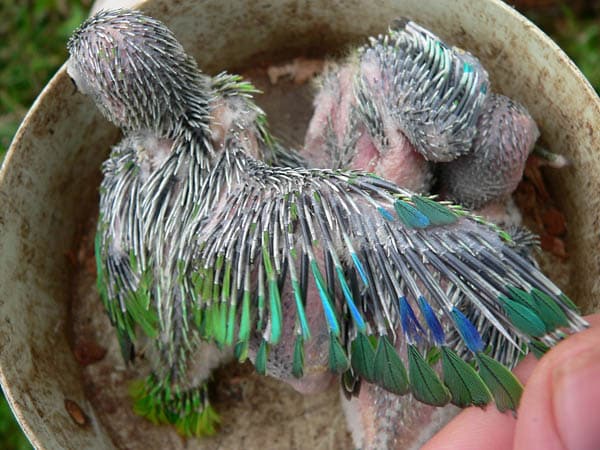
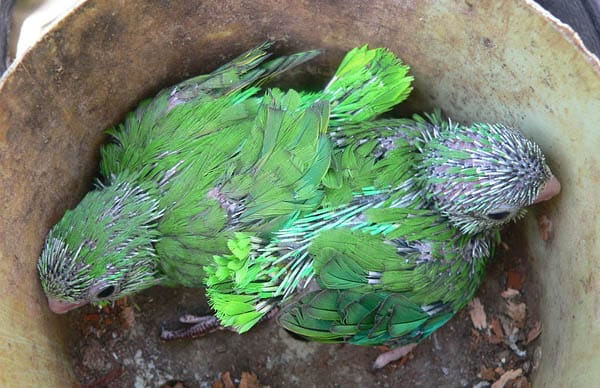
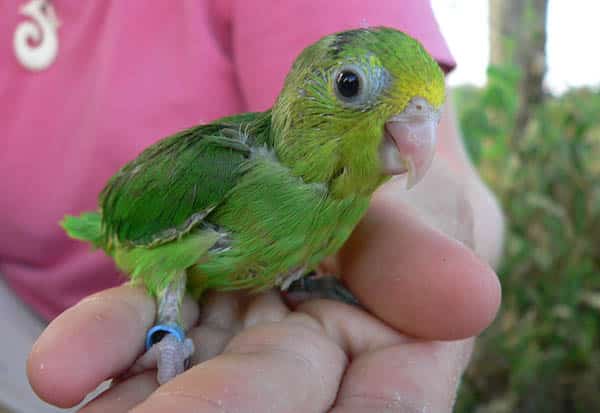

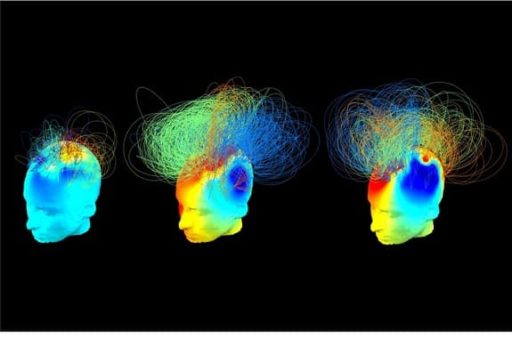
You did not ask permission to use copyrighted photos from 10,000 Birds. Please take the photos down. Thank you.
Take the photos down, you thieves!